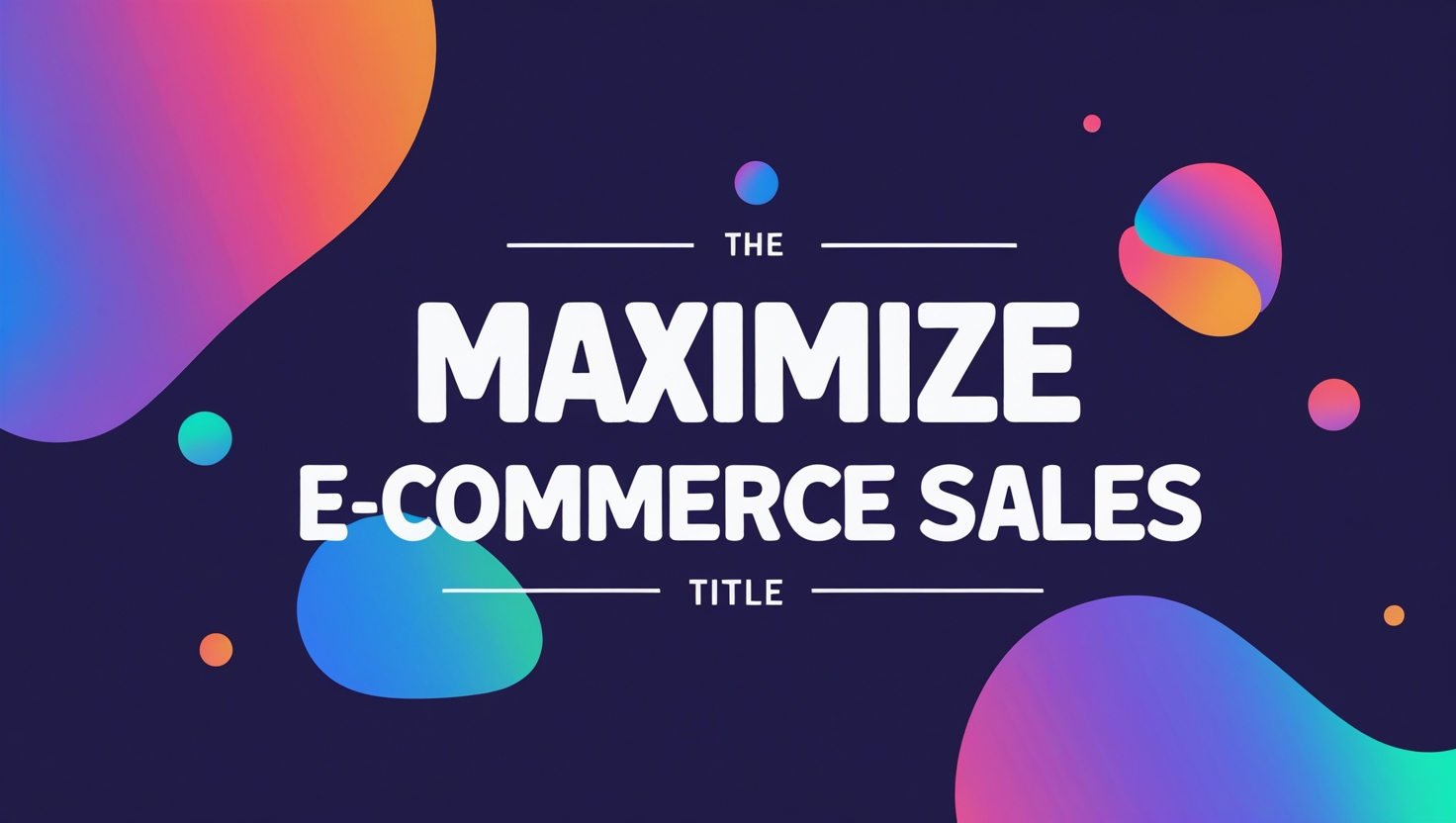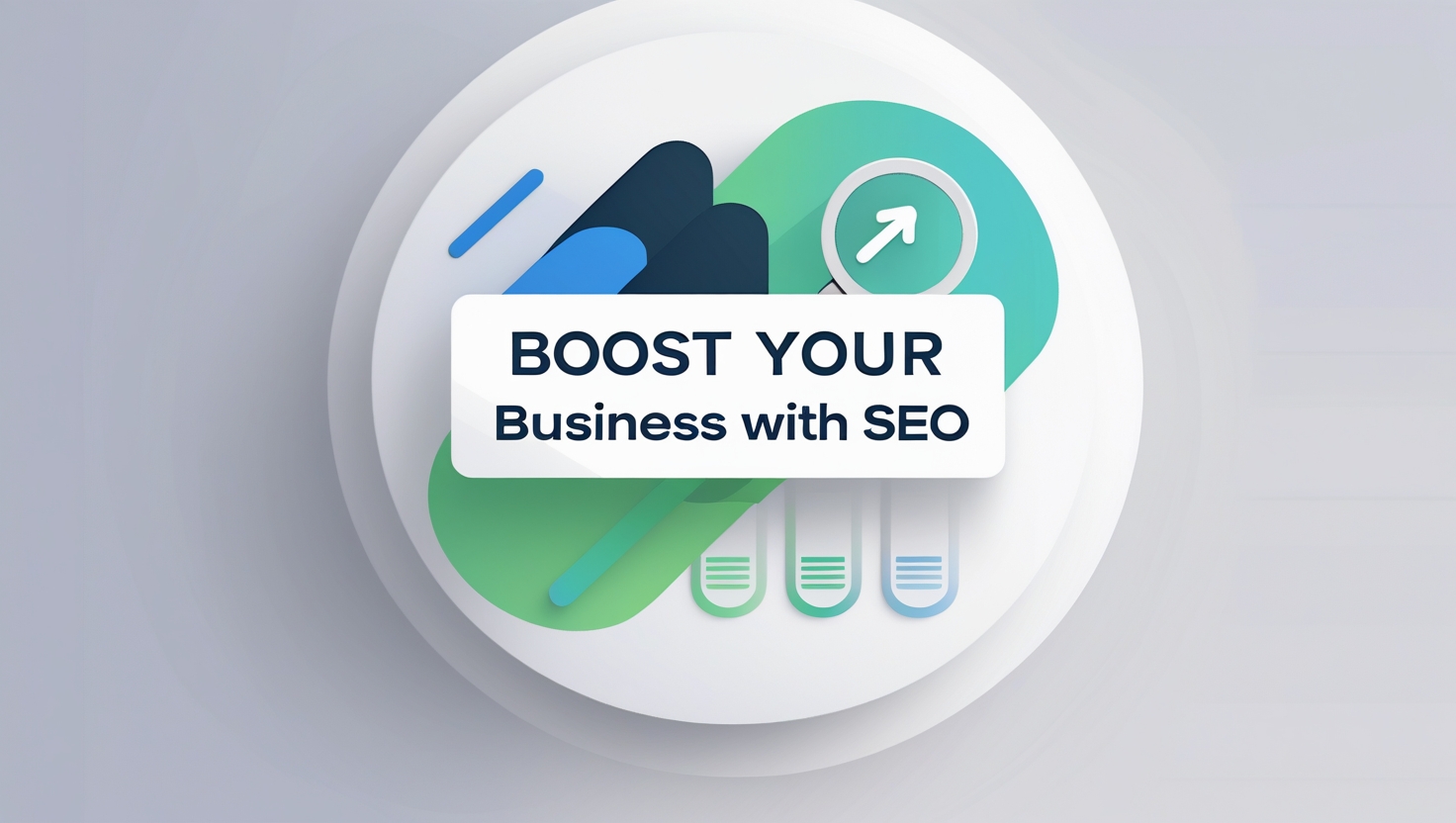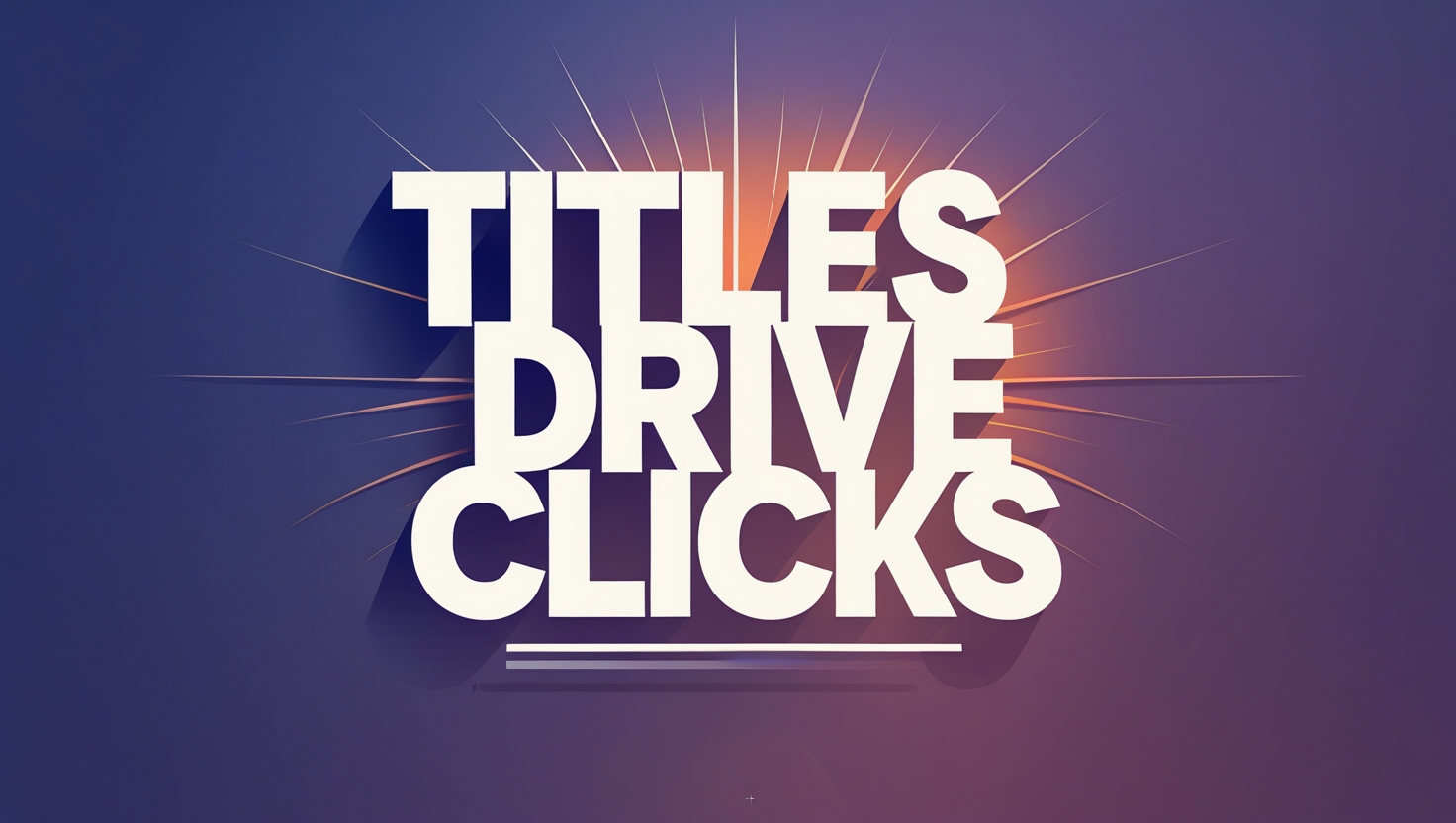29 | Jun
clevpro
29 Jun, 2025
Maximize E-Commerce Sales: Pro Tips to Optimize Your Online Store

Maximizing Your E-Commerce Potential: Essential Tips for Optimizing Your Online Store
Launching an online store is just the beginning — the real challenge is turning visitors into customers and making your store stand out in a crowded marketplace. The good news? With a few smart strategies, you can dramatically boost your e-commerce success.
Whether you're just starting out or looking to grow, here are essential tips to help you unlock your store's full potential.
1. Understand Your Audience Inside Out
Success starts with knowing who you're selling to.
Ask yourself:
- Who are my ideal customers?
- What are they searching for?
- What problems can my products solve?
When you understand your audience’s needs, habits, and pain points, you can tailor your content, products, and promotions to truly connect with them.
🛍 Pro tip: Use tools like Google Analytics, customer surveys, and social media polls to gather insights.
2. Optimize Your Product Pages
Your product pages should do more than just show off your products — they should convince visitors to buy.
Here’s what every product page should include:
- Clear, high-quality images (from multiple angles)
- Compelling product descriptions (focus on benefits, not just features)
- Price, available sizes or options, and shipping details
- Customer reviews or ratings
- A strong call to action like “Add to Cart” or “Buy Now”
📸 Pro tip: Use lifestyle photos to show your product in action — it helps buyers visualize ownership.
3. Improve Your Website’s Loading Speed
Online shoppers are impatient. If your site takes more than 3 seconds to load, chances are you’re losing visitors.
Here’s how to fix that:
- Compress images
- Use fast, reliable hosting
- Limit unnecessary plugins
- Use lazy loading for content
⚡ Pro tip: Test your site with Google PageSpeed Insights and follow the recommendations.
4. Make Navigation Easy and Intuitive
Your website should be easy to browse, even for first-time visitors. Confusing menus or a cluttered layout can frustrate users and drive them away.
Keep things simple:
- Use clear menu labels (e.g., Shop, Categories, About, Contact)
- Add search functionality
- Keep cart and checkout buttons visible at all times
🧭 Pro tip: Watch someone (a friend or family member) use your site — it’ll reveal things you might’ve missed.
5. Simplify the Checkout Process
The fewer steps between “I want this” and “I bought it,” the better.
To reduce cart abandonment:
- Offer guest checkout (no forced sign-up)
- Display shipping costs early
- Allow multiple payment options (credit card, PayPal, etc.)
- Use a progress bar to show checkout steps
🛒 Pro tip: Enable one-click checkout for repeat customers — it's a game-changer.
6. Use SEO to Drive Organic Traffic
If your store doesn’t show up in search results, you’re leaving money on the table.
Here’s how to improve your store’s SEO:
- Use relevant keywords in product titles and descriptions
- Add meta titles and descriptions for each page
- Create helpful blog content related to your niche
- Optimize images with descriptive alt text
🔍 Pro tip: Focus on long-tail keywords like “organic cotton baby onesies” — they’re easier to rank for and more targeted.
7. Build Trust With Social Proof
People trust people. Showing that others have bought and loved your product helps build confidence.
Here’s how to use social proof:
- Add customer reviews and ratings
- Show real-time purchases (“John from NY just bought this!”)
- Display logos of trusted payment methods and security badges
🌟 Pro tip: Ask happy customers to share photos of your product in use — user-generated content works wonders.
8. Leverage Email Marketing (The Right Way)
Email is still one of the most powerful marketing tools. But it’s not about blasting sales pitches — it’s about building relationships.
Send:
- Welcome emails for new sign-ups
- Abandoned cart reminders
- Personalized product recommendations
- Exclusive discounts or VIP offers
📧 Pro tip: Use automation tools like Mailchimp or Klaviyo to save time and stay consistent.
9. Use Analytics to Make Data-Driven Decisions
Guessing is risky. Use data to guide your decisions.
Track:
- Which products sell best
- Where your traffic comes from
- Where customers drop off during checkout
- What promotions actually work
📊 Pro tip: Set up goals and funnels in Google Analytics to see how users move through your site.
Final Thoughts
Your e-commerce store has massive potential — you just need to fine-tune the experience. Start small, focus on your customers, and use data to guide your improvements.
Remember: the goal isn’t just to sell once. It’s to create an experience people love so much, they come back — and bring their friends.







